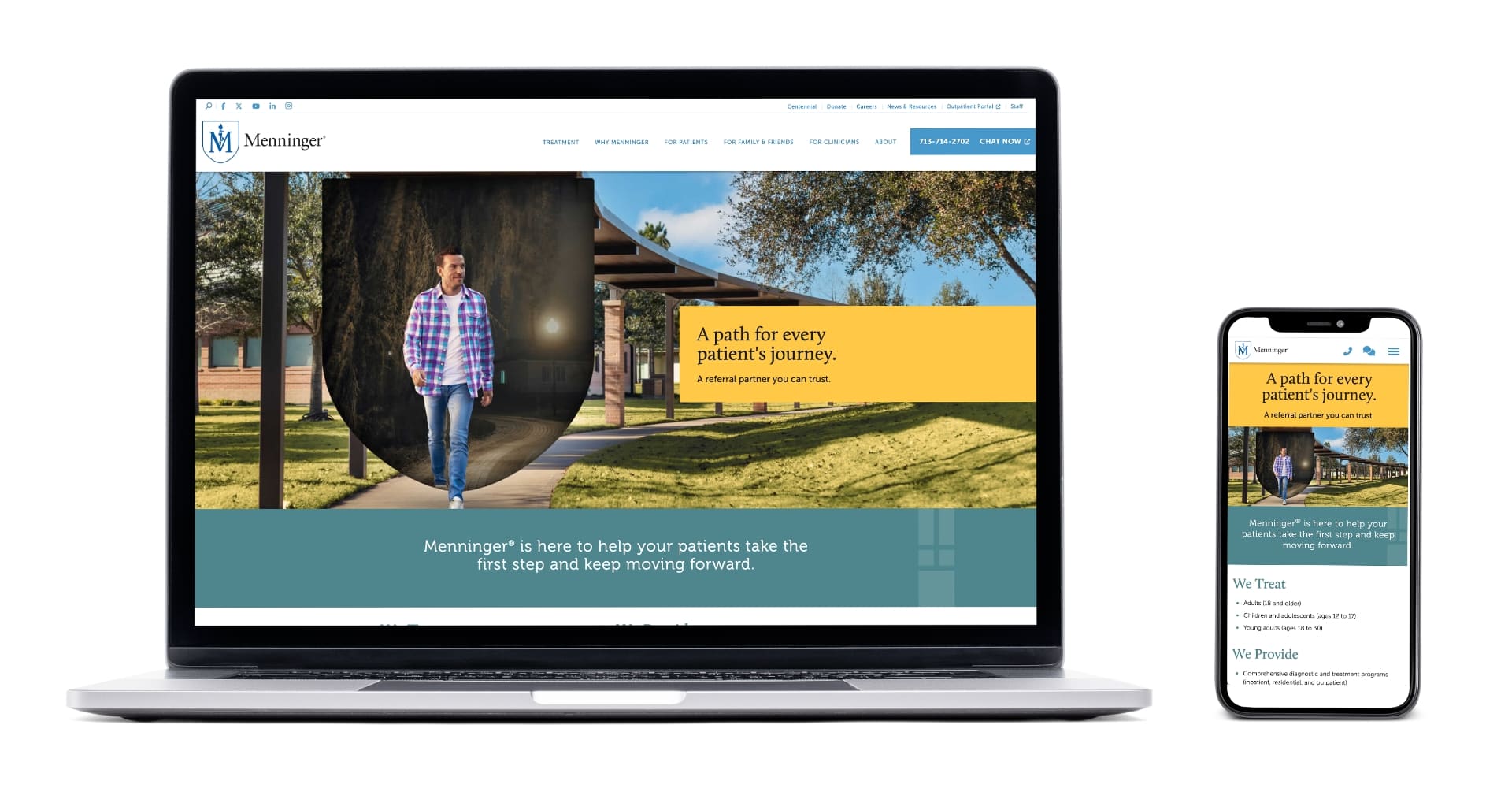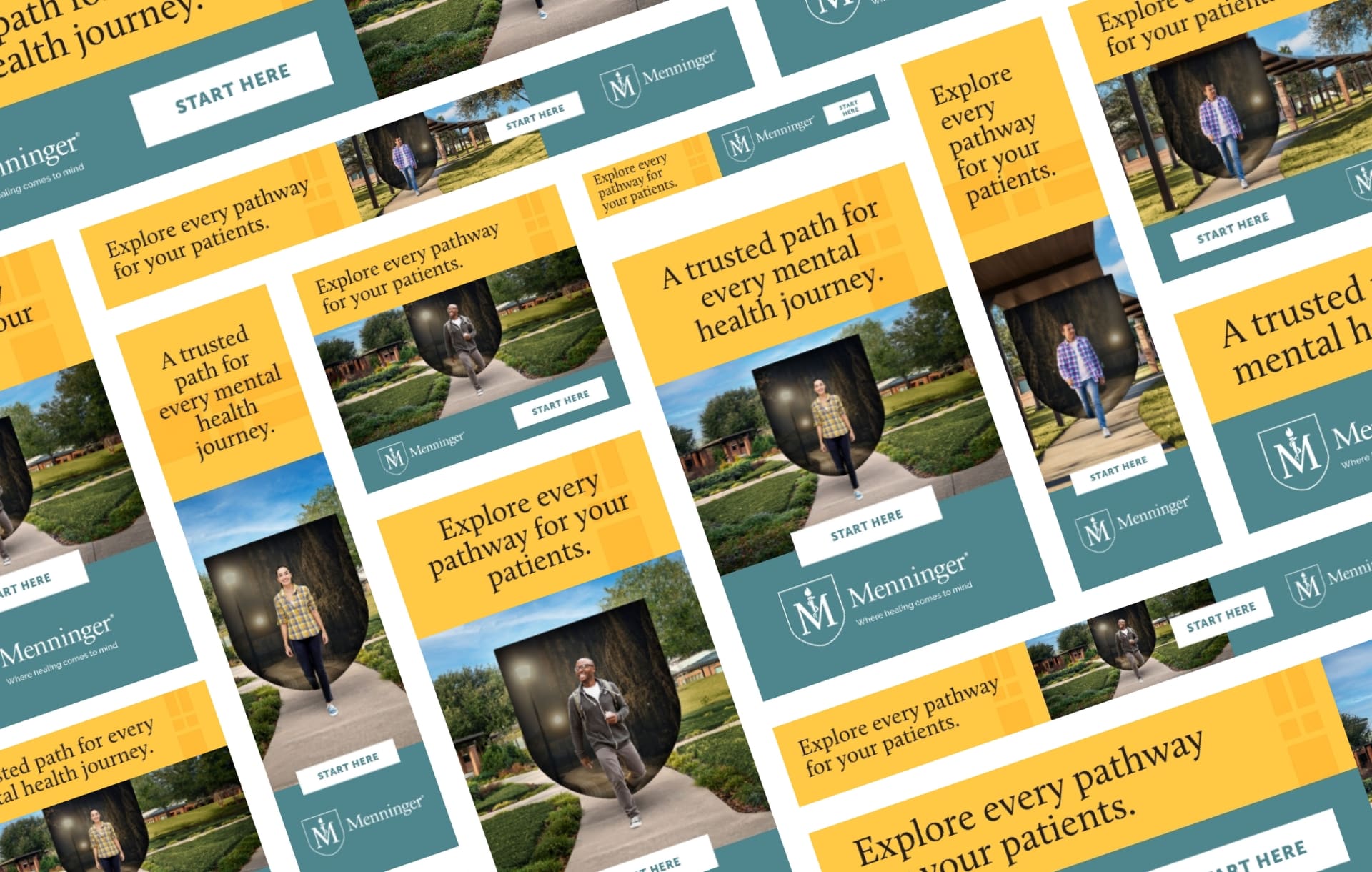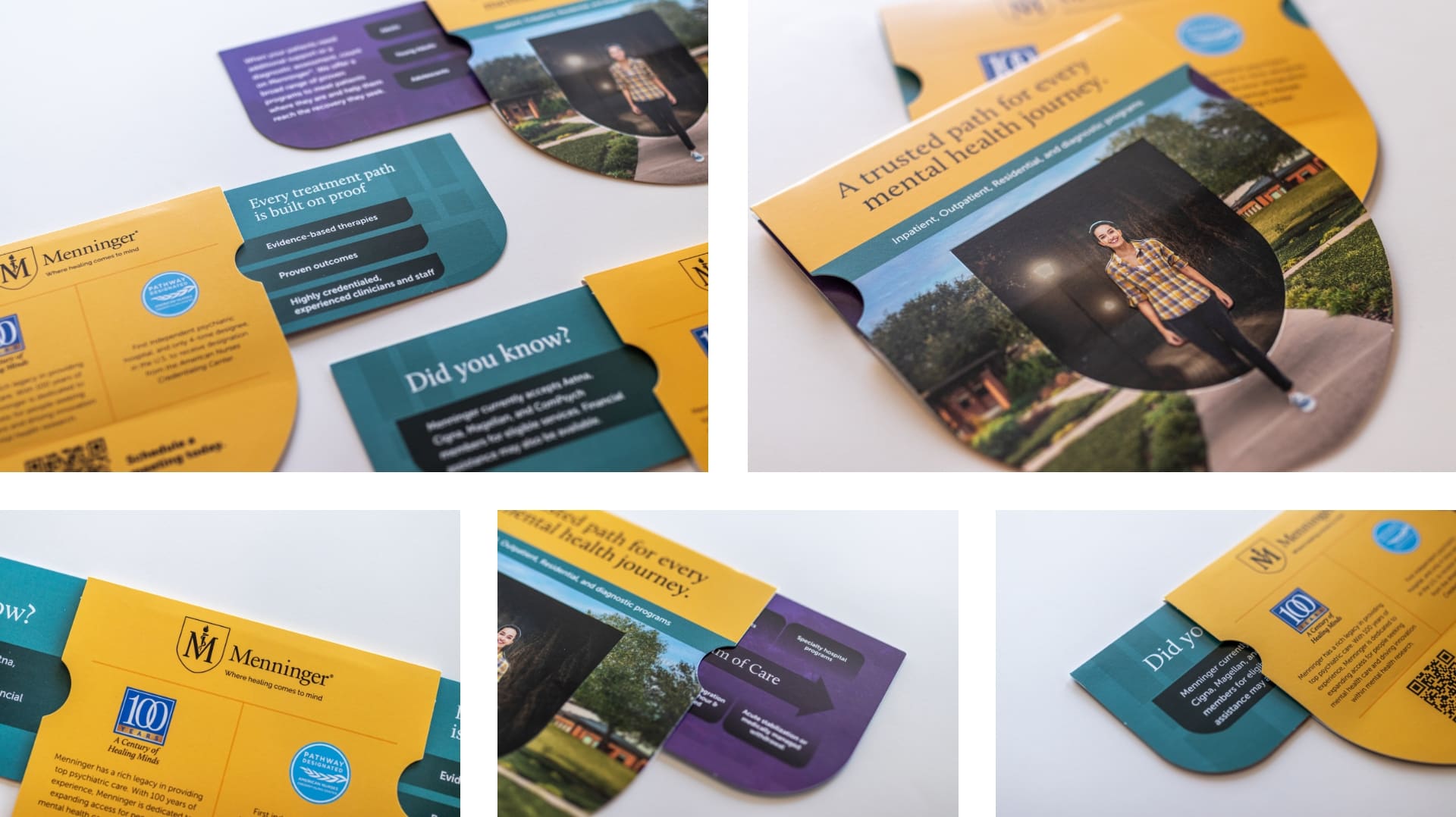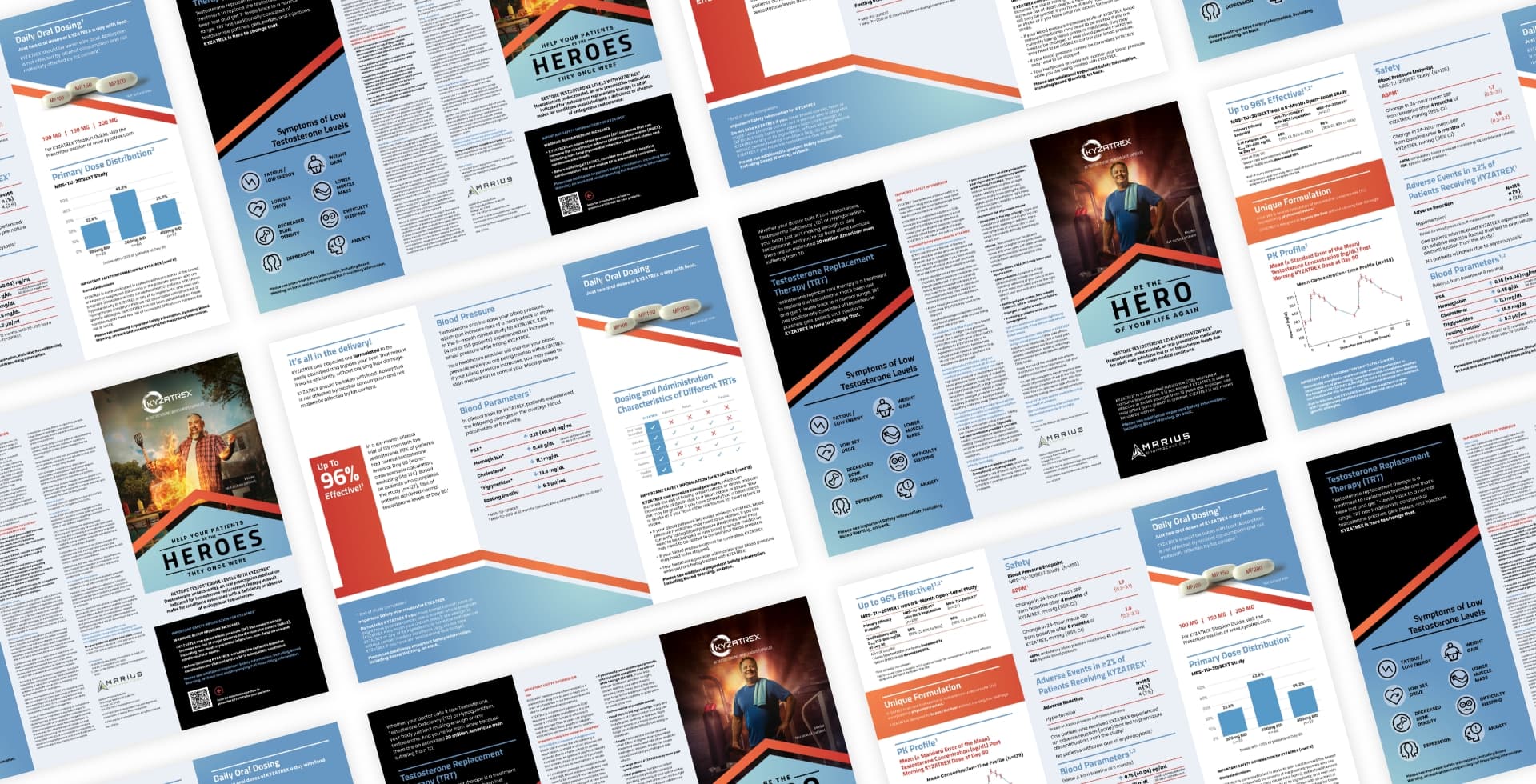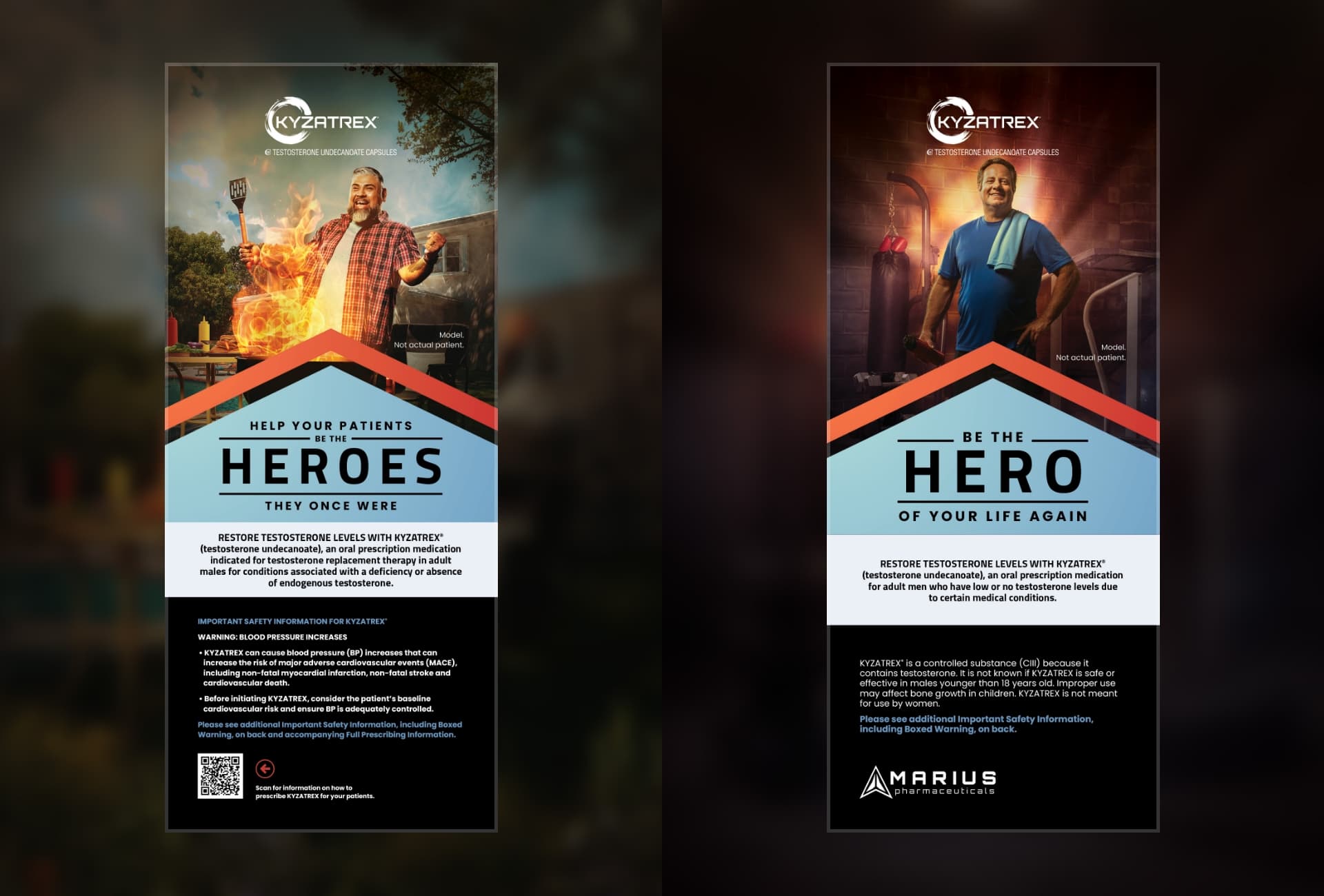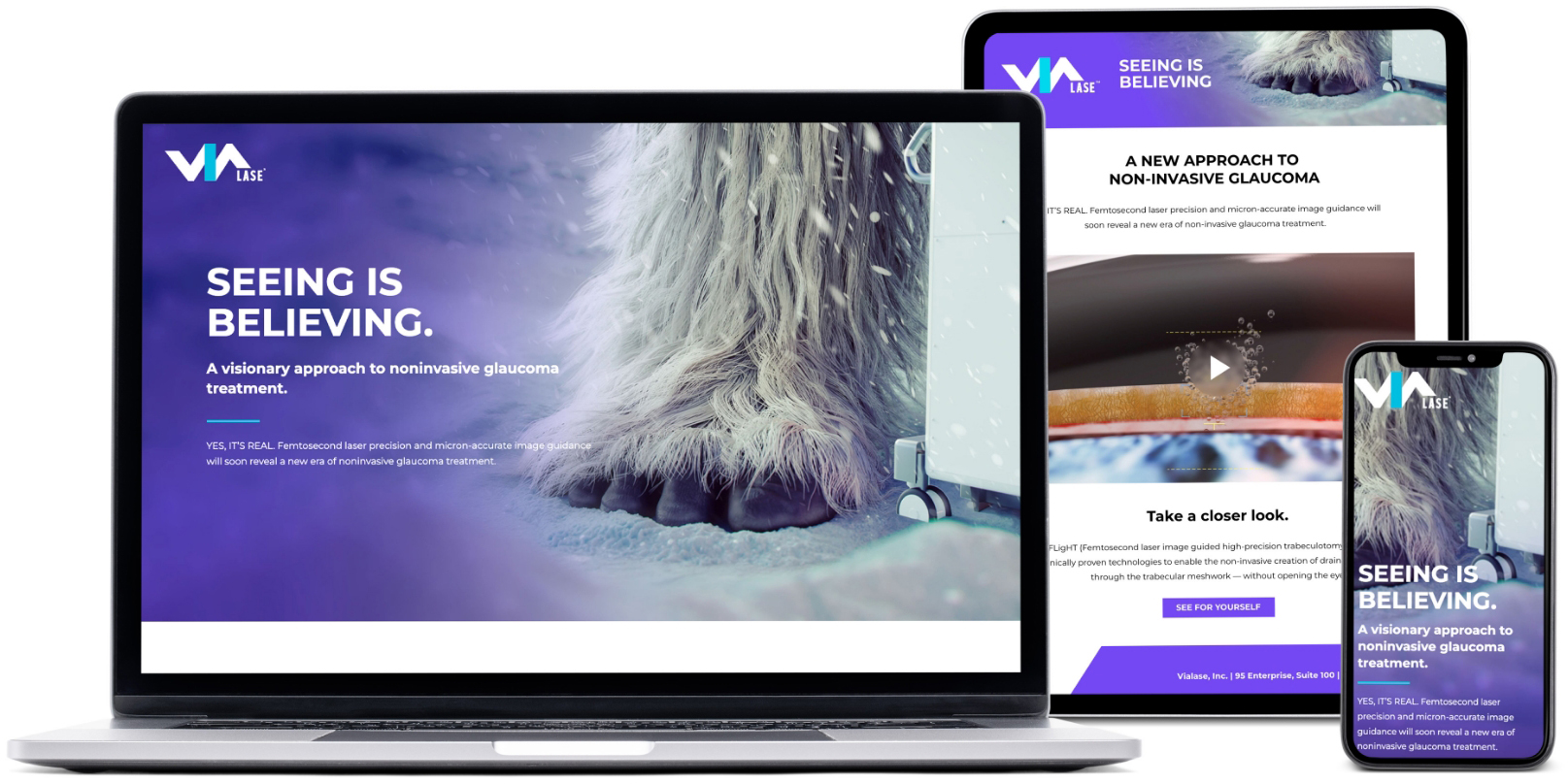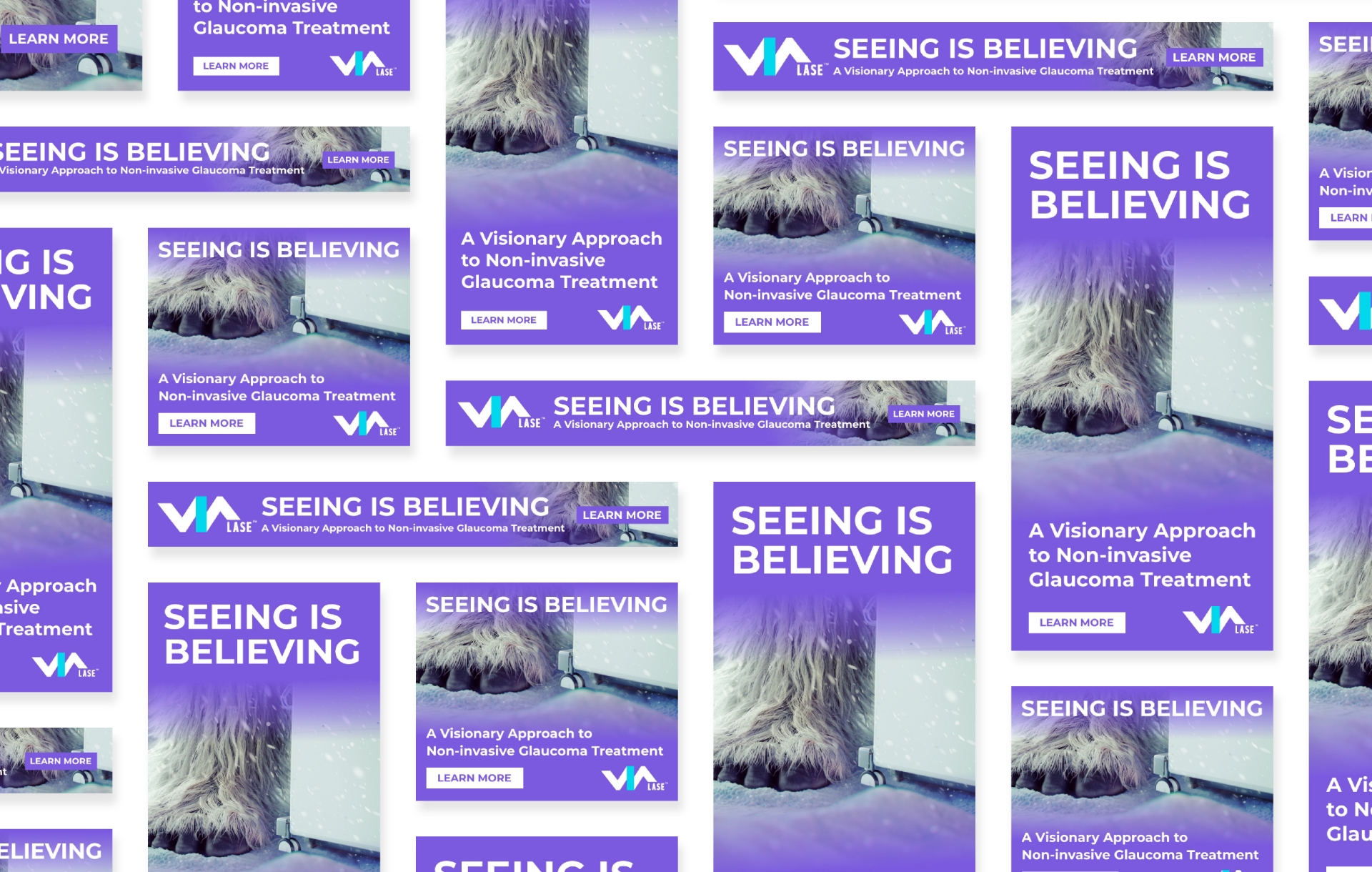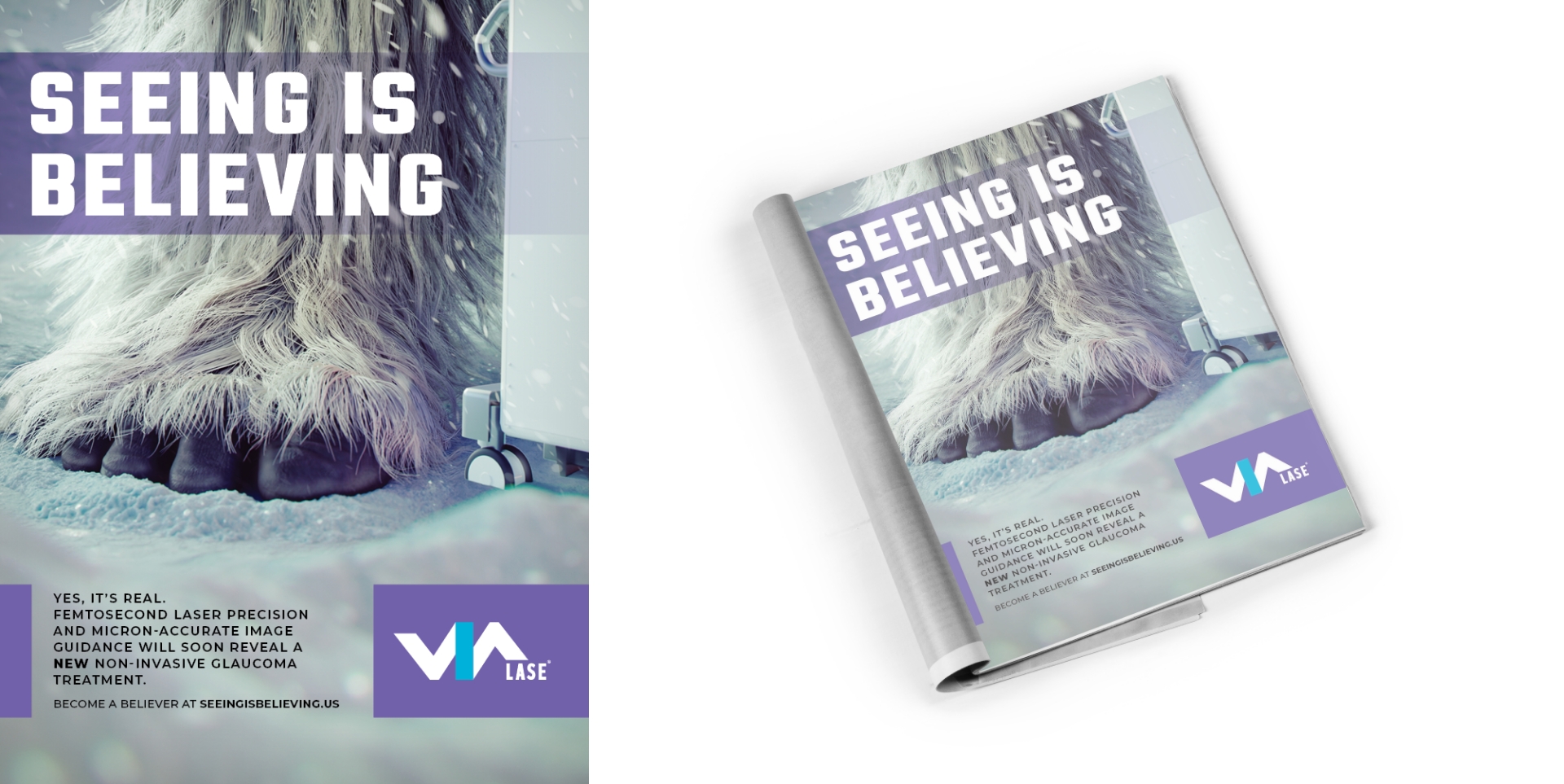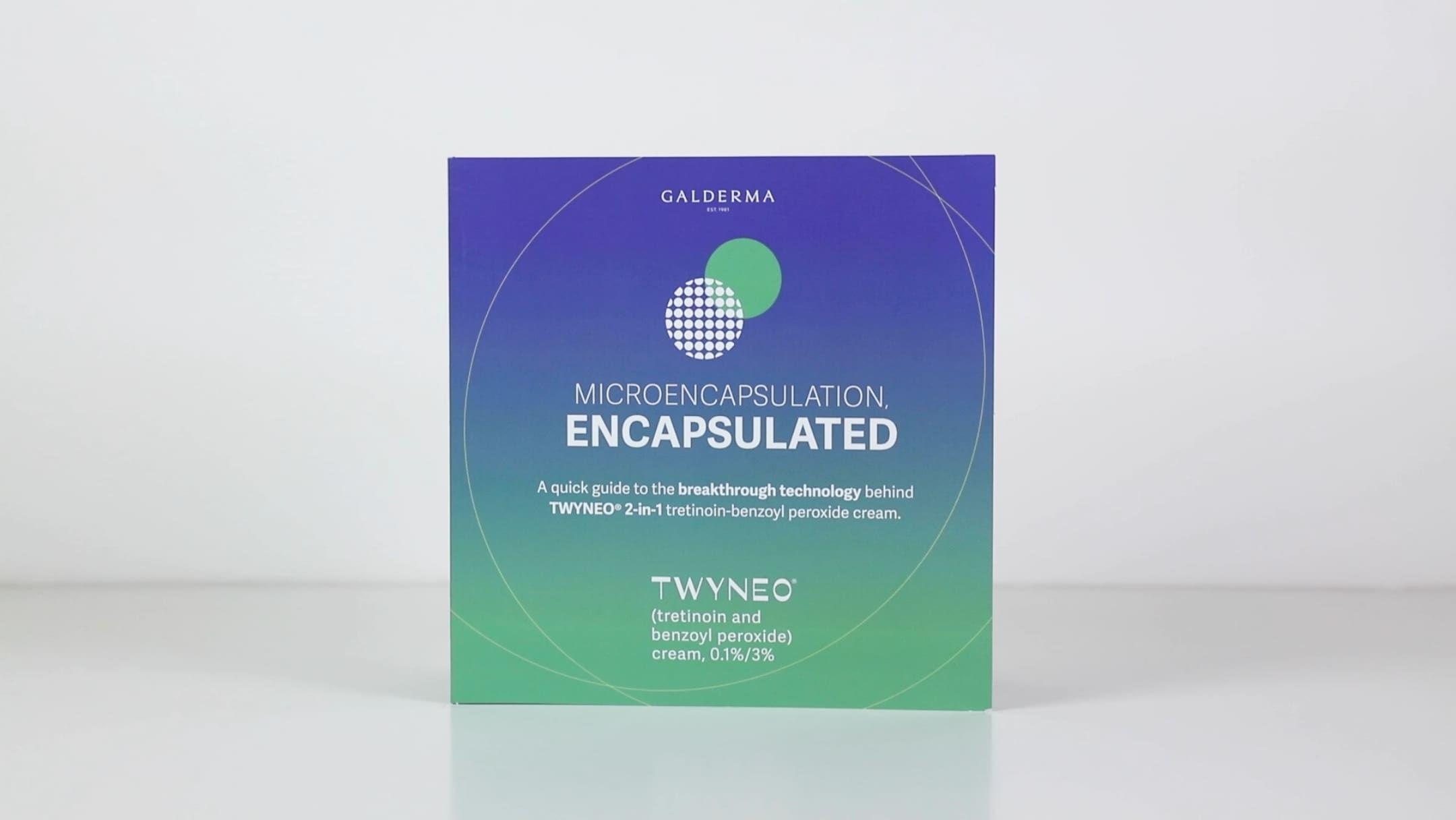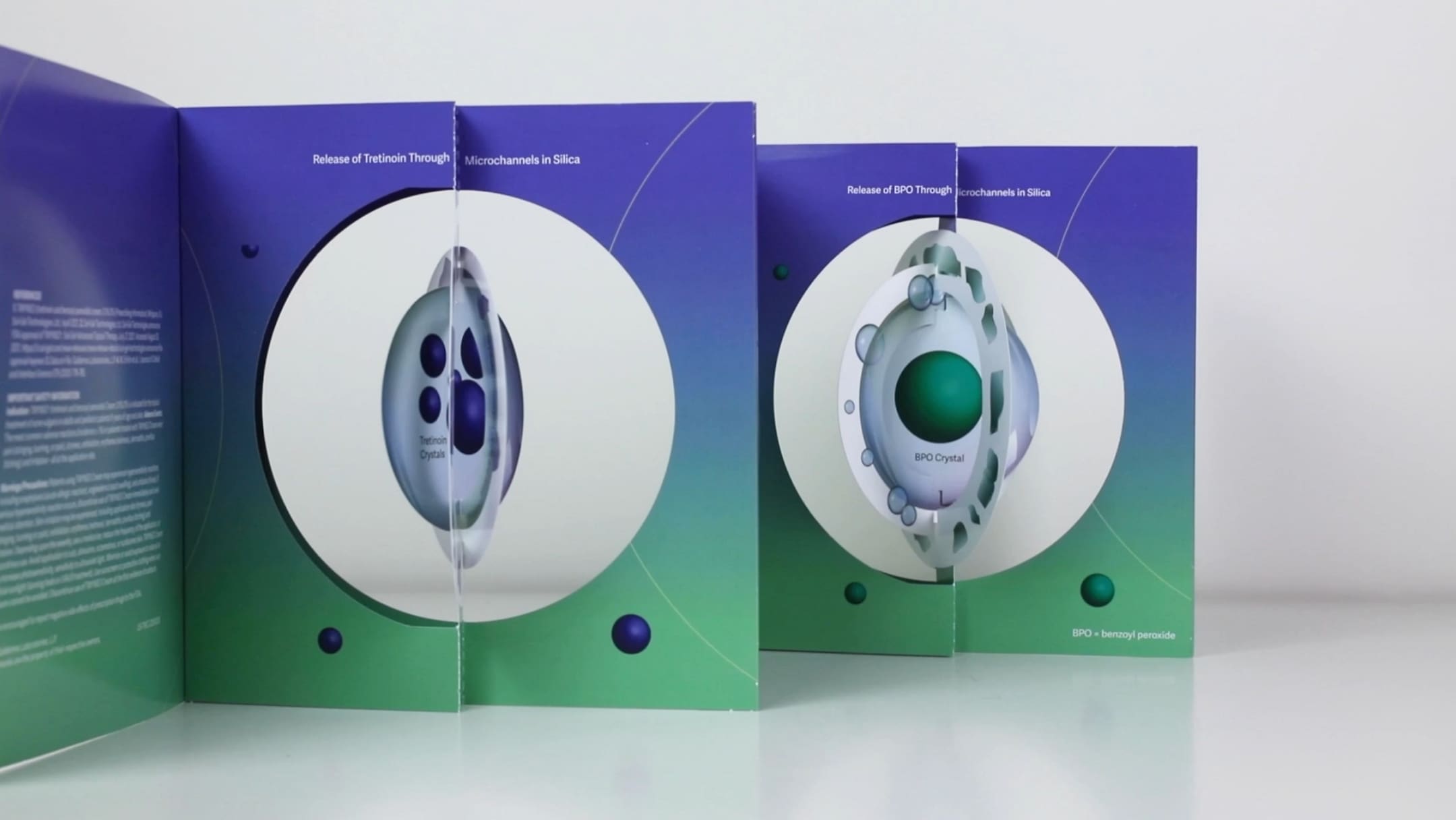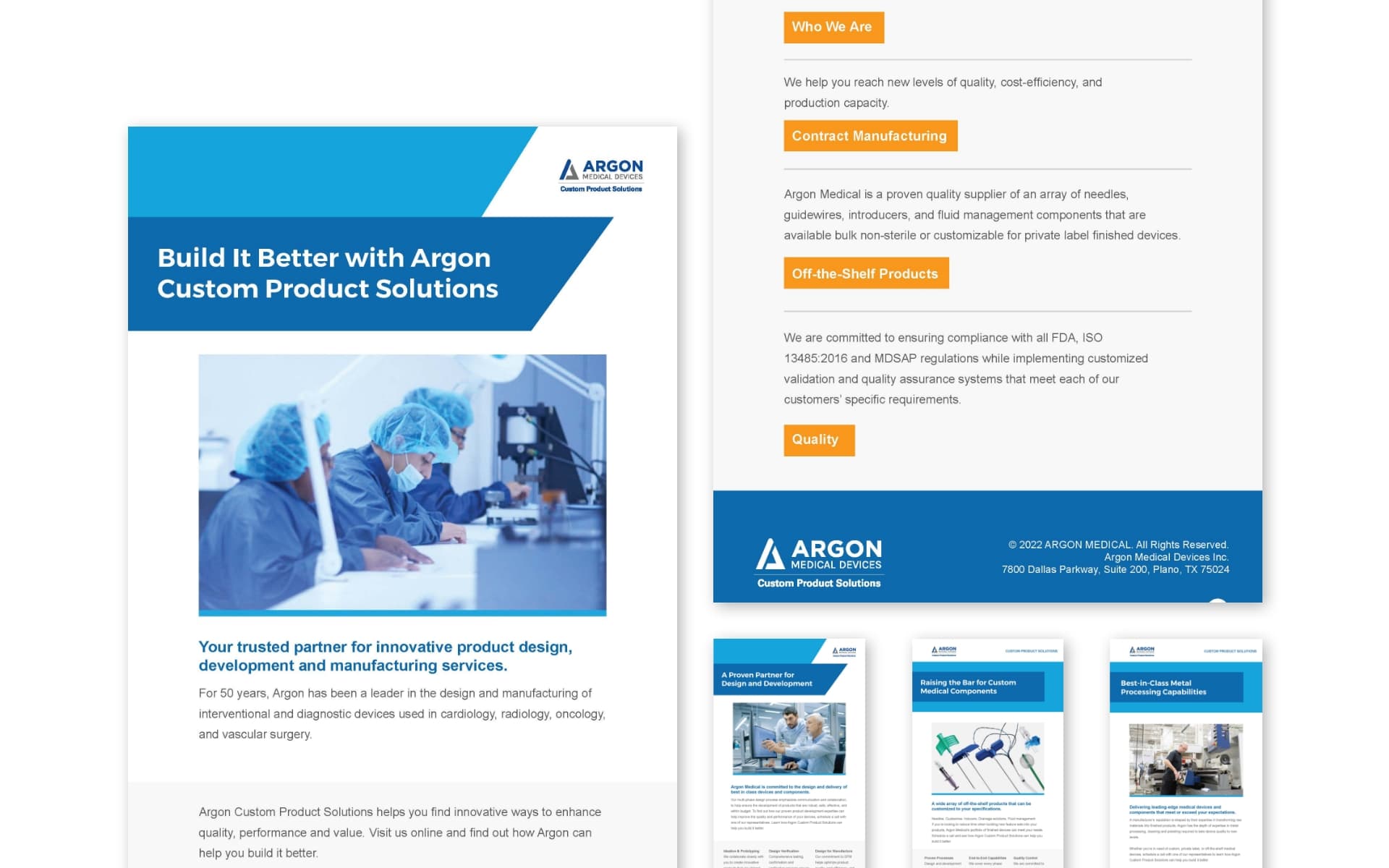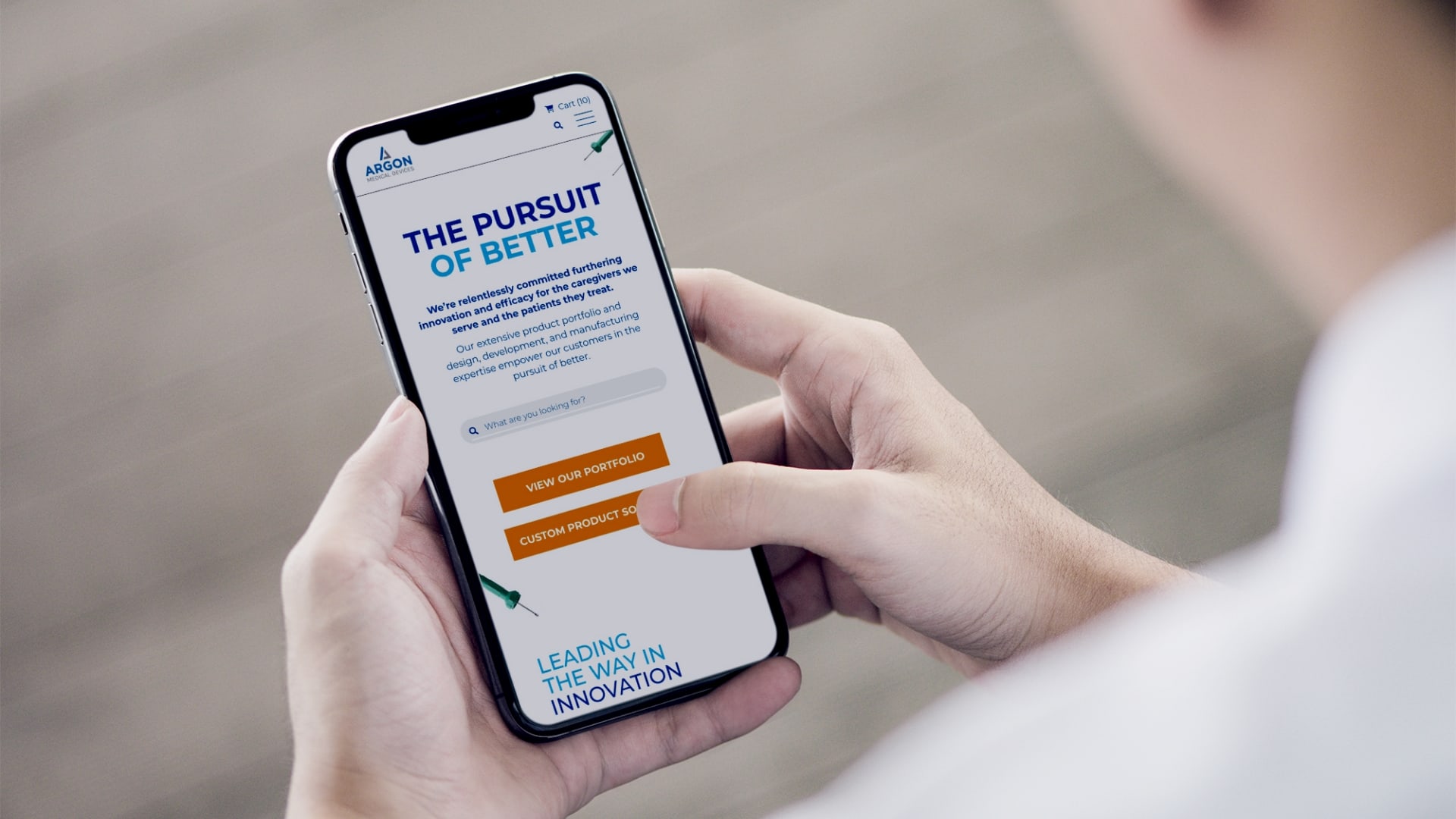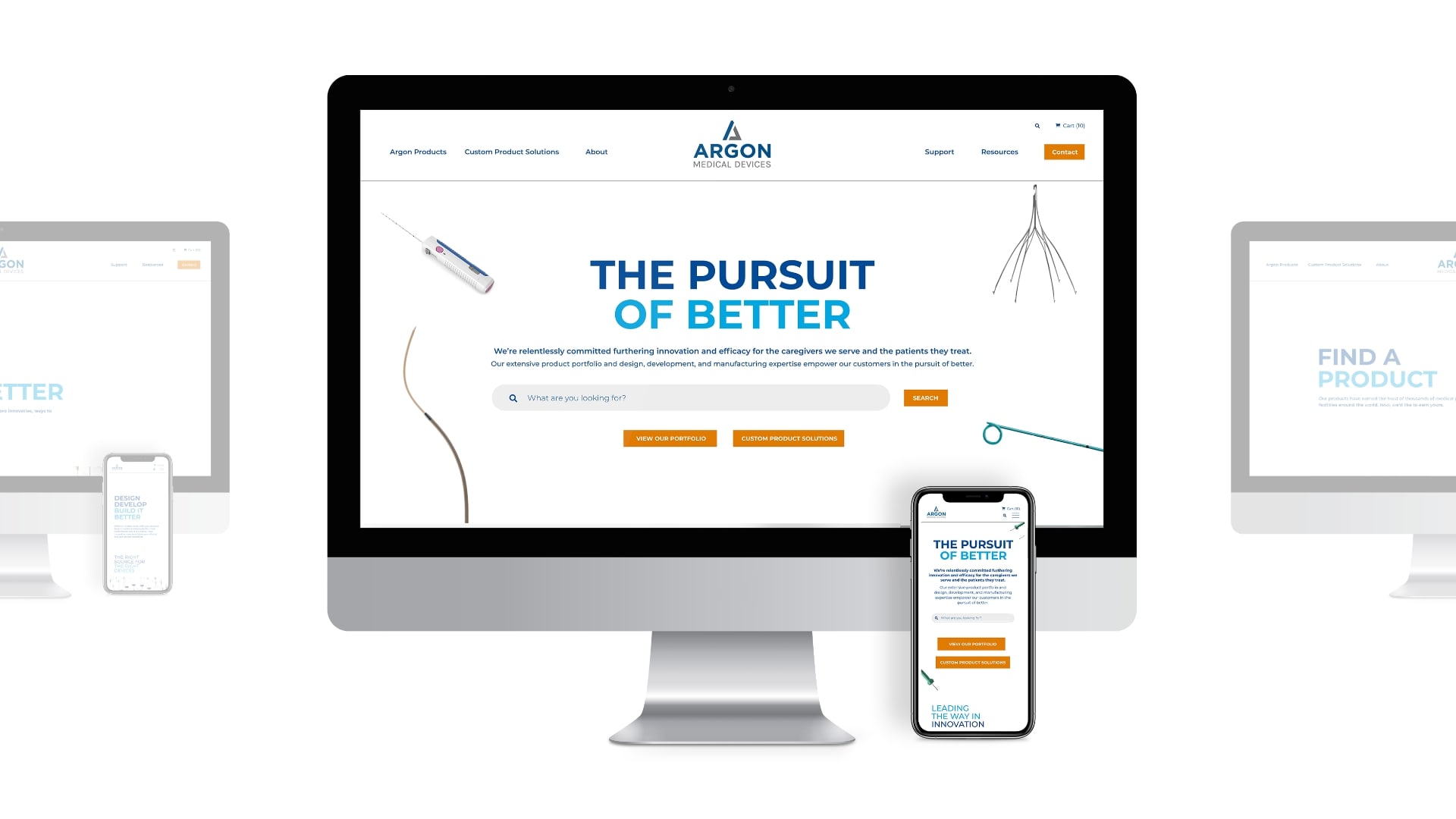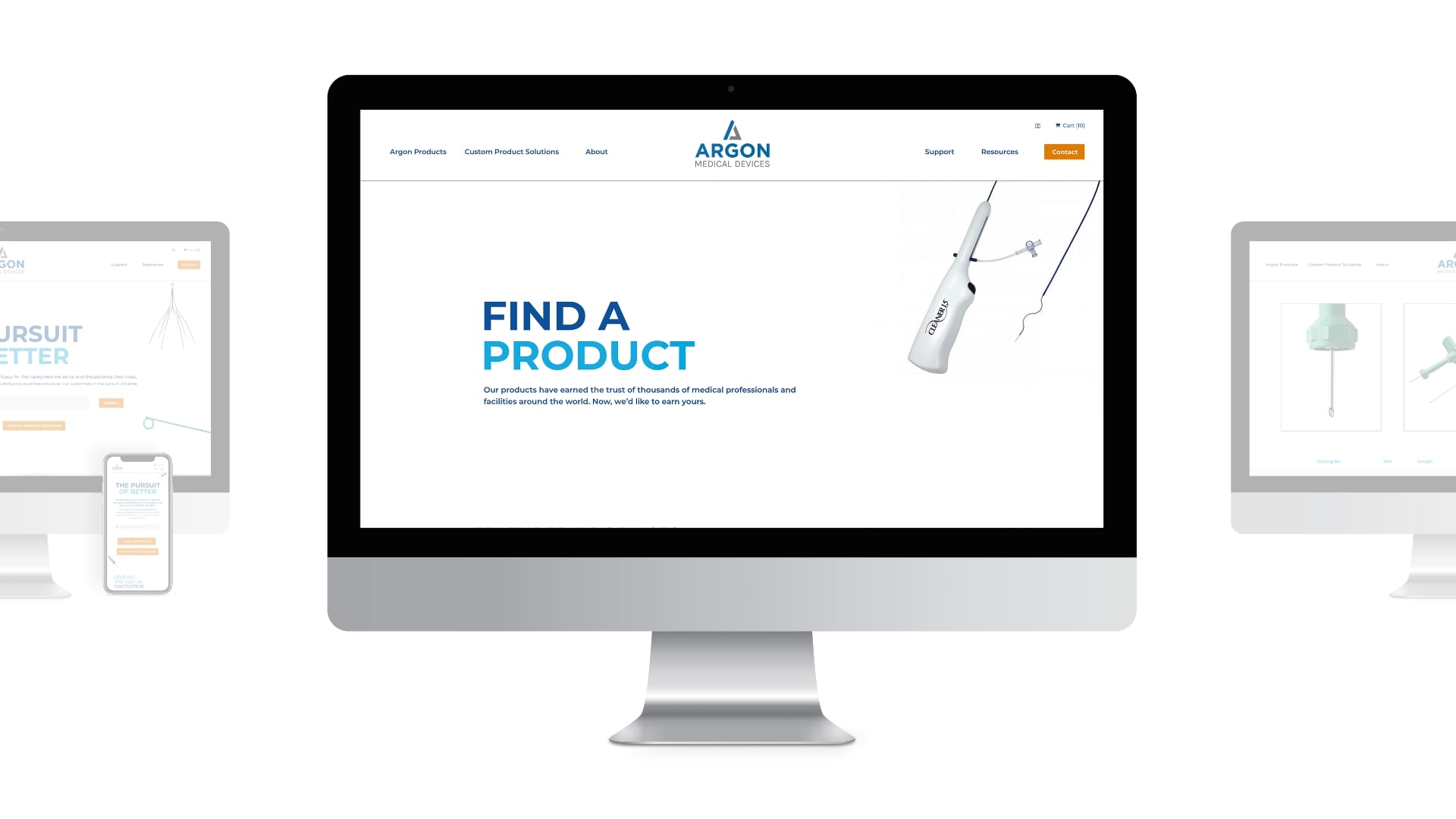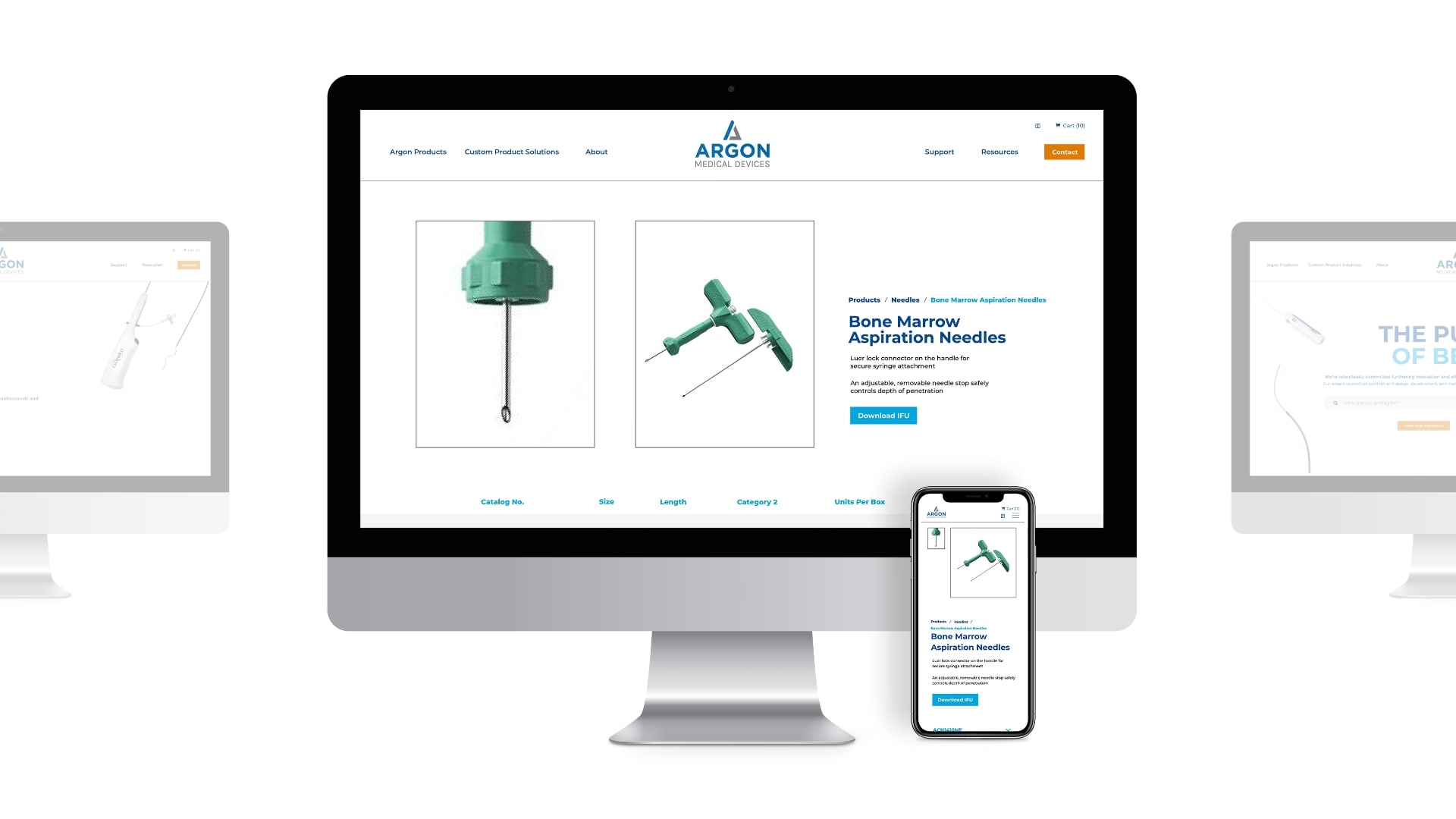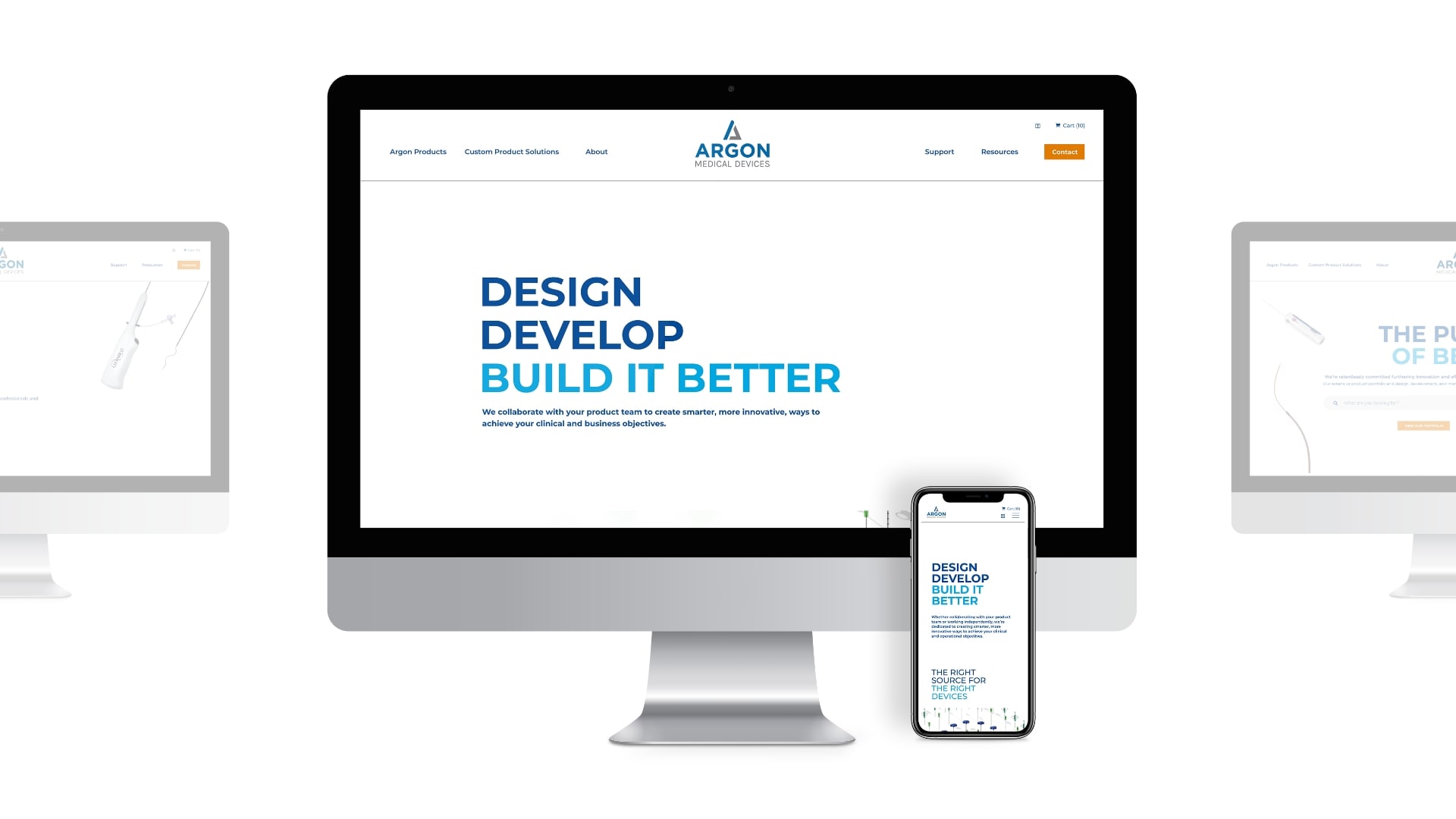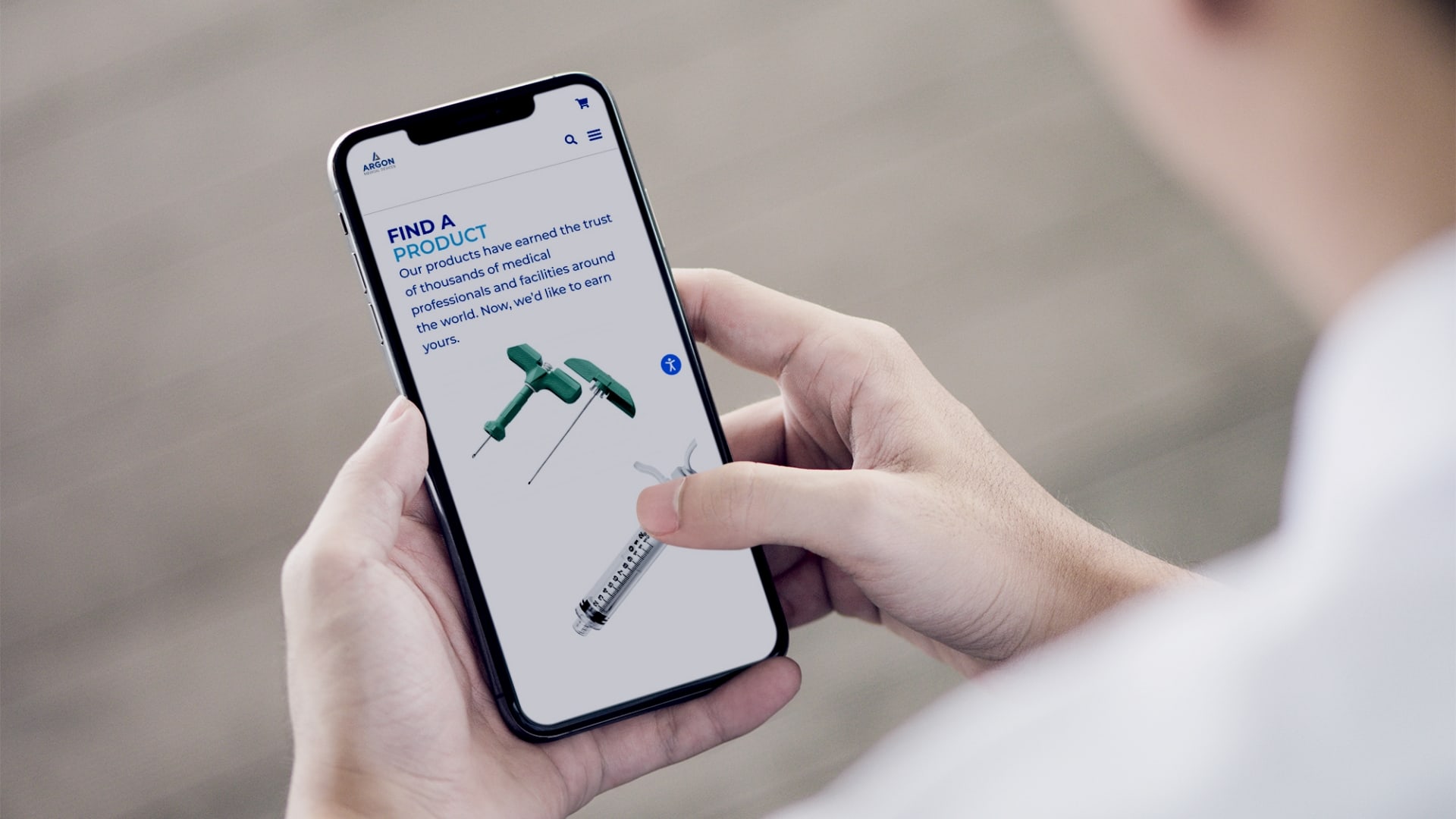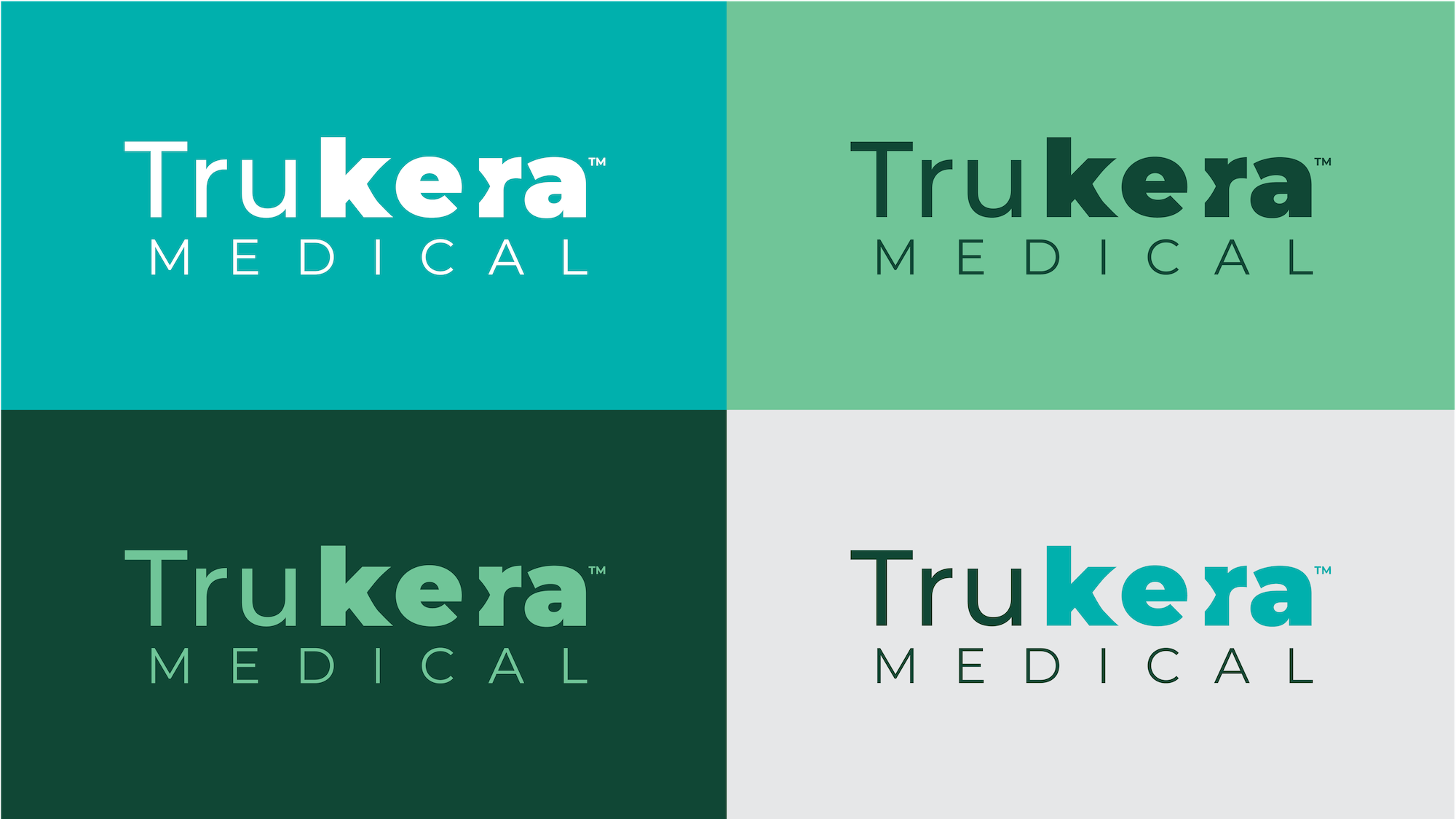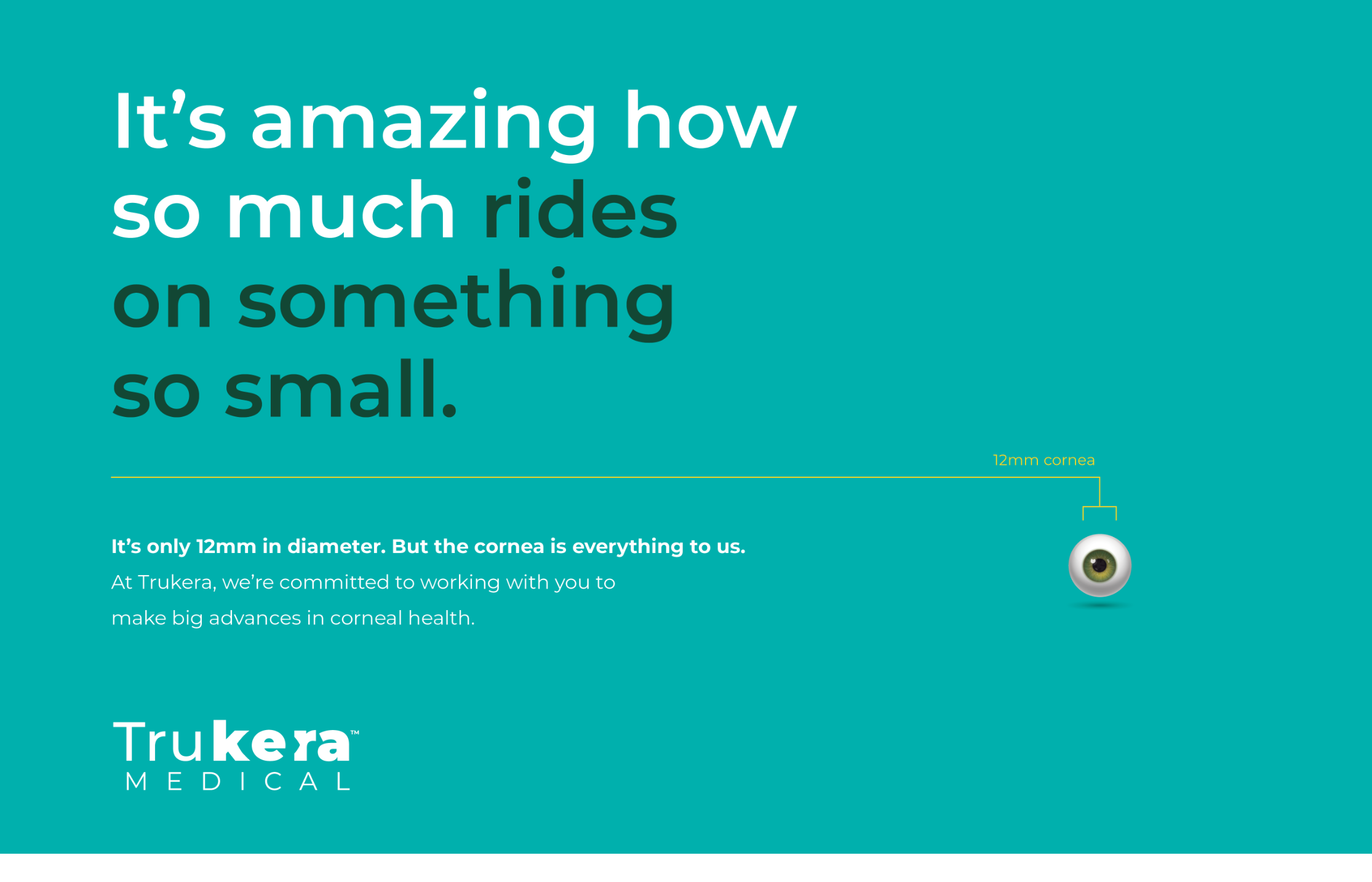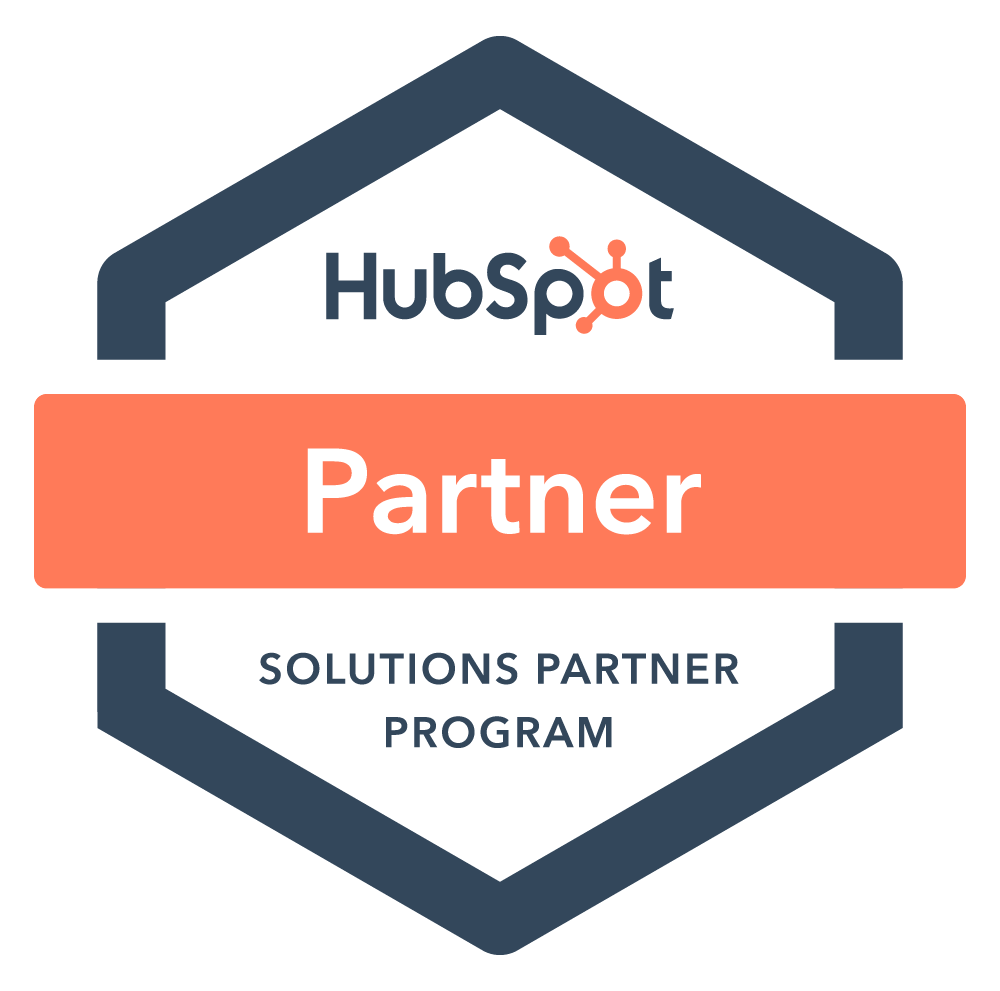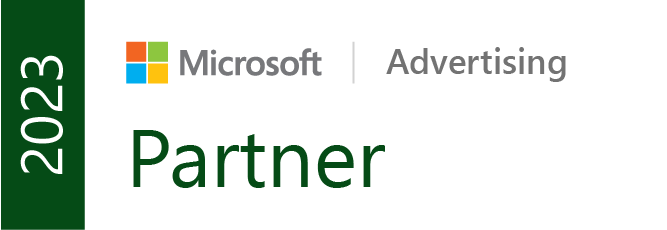Situation
Cetaphil introduced a groundbreaking new product, SKIN ACTIVATOR Hydrating & Firming Cream, designed to address crepey skin with a proprietary blend of Centella Asiatica and Mandelic Acid. Our challenge was to create an engaging, educational campaign targeting healthcare providers (HCPs) to drive awareness and consideration of the product over alternative treatments like lasers or microneedling.
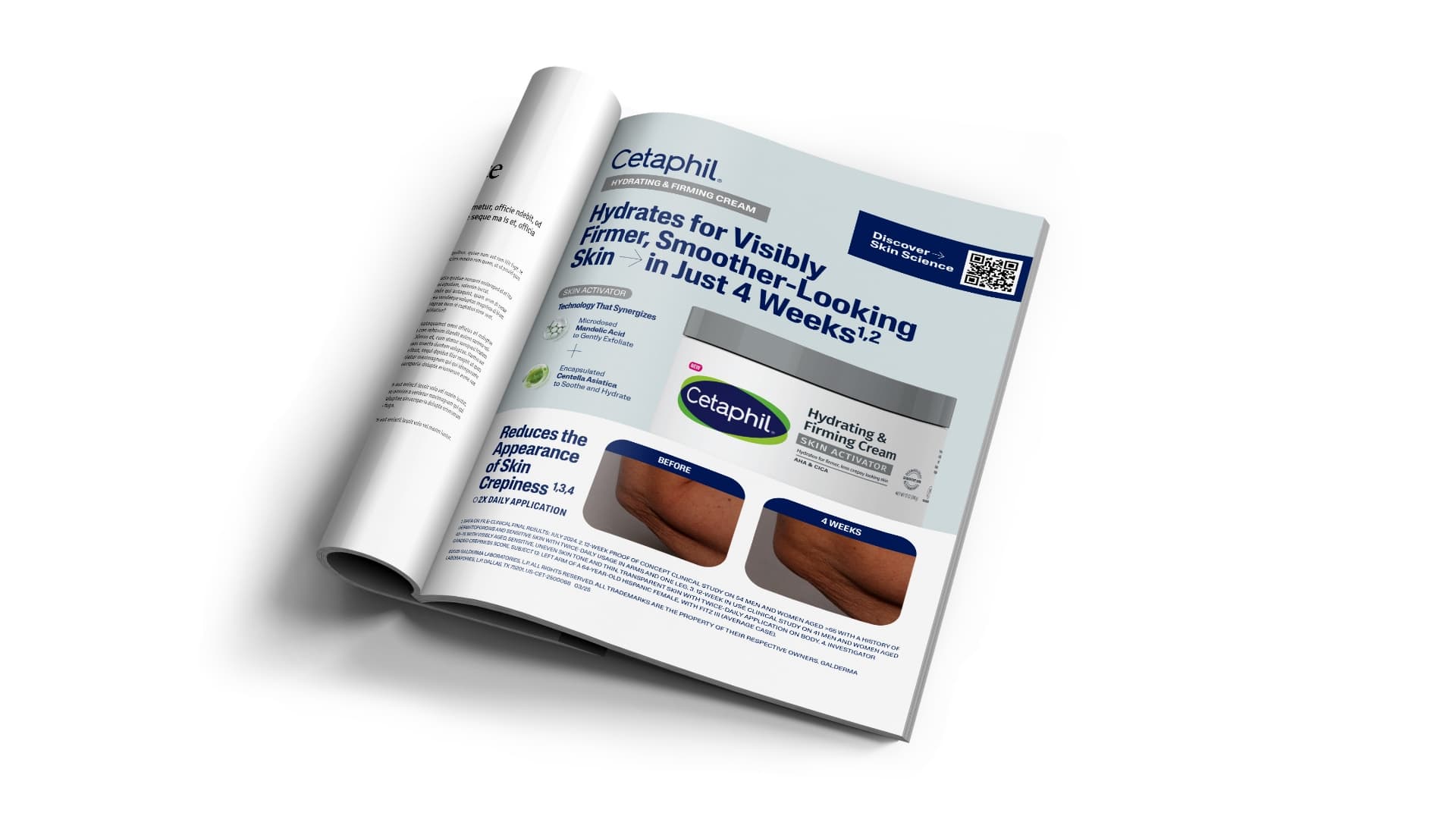
Goals
- Educate HCPs and communicate the scientific benefits and mechanism of action of Cetaphil’s SKIN ACTIVATOR Hydrating & Firming Cream.
- Position Cetaphil’s SKIN ACTIVATOR Hydrating & Firming Cream as a new technology in the market to emphasize its superiority over alternative treatments like lasers or microneedling.
- Boost consideration and encourage HCPs to consider Cetaphil’s SKIN ACTIVATOR Hydrating & Firming Cream as a recommended treatment for crepey skin.
Strategy
Create a visually compelling and, where possible, sensory journey to educate HCPs on the benefits of Cetaphil’s new SKIN ACTIVATOR Hydrating & Firming cream for the treatment of crepey skin. This educational campaign was brought to life in a few key materials including a provider video, surprise and delight product drop and supporting in-office / sales materials. We focused on highlighting the science behind this new, innovative productive and its proven efficacy in visibly improving skin firmness and texture.
Solution
HCP Educational Video:
The hero of the campaign was a sleek, two-minute provider education video, incorporating a mix of 2D and 3D animations to visually illustrate the product’s dual-action formula. Through dynamic visuals, we showcased how Centella Asiatica and Mandelic Acid work together to activate the skin’s moisture barrier and stimulate surface cell turnover. A confident, informative voiceover guided HCPs through the product’s mechanism, positioning SKIN ACTIVATOR Technology as the superior differentiator in this topical solution for aging, thinning skin.
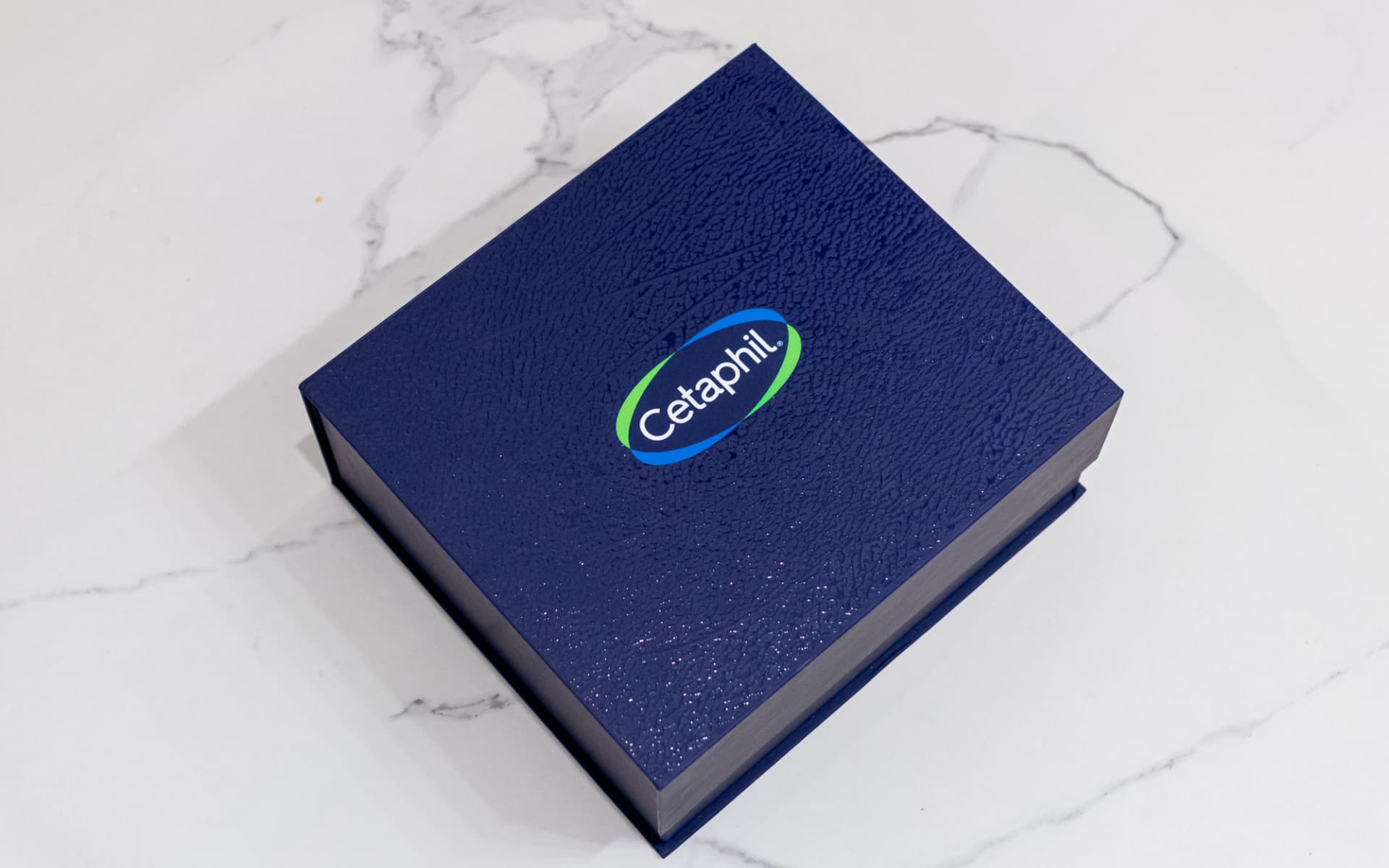
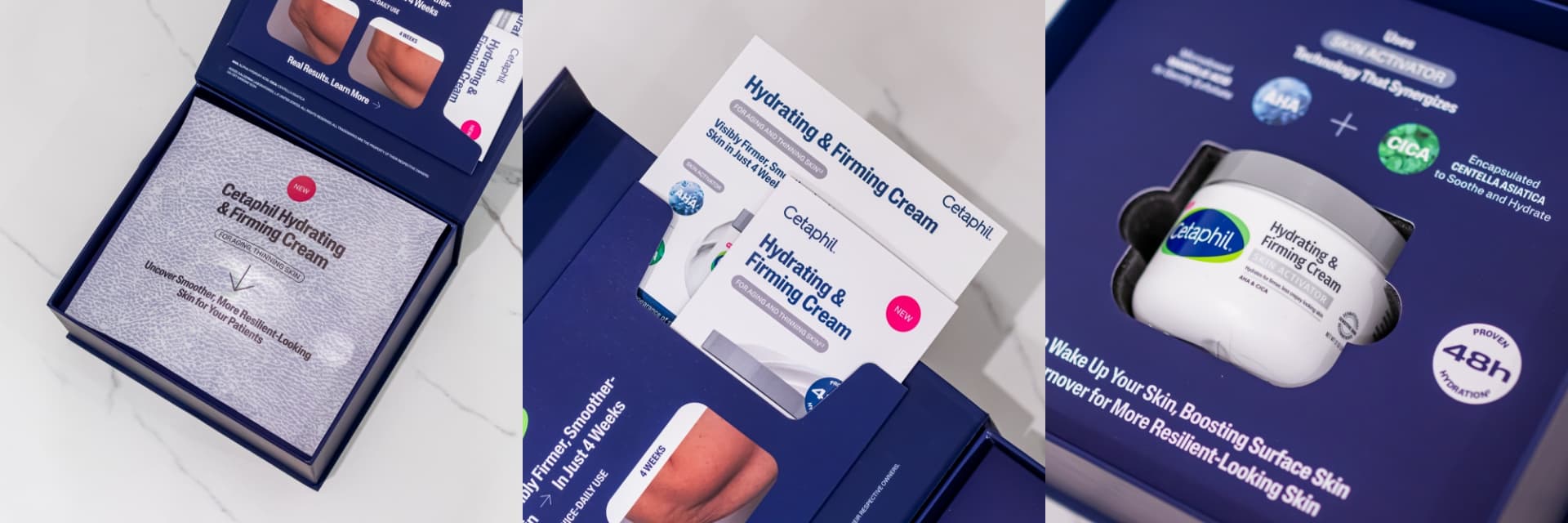
Surprise & Delight Provider Drop:
First impressions are paramount so to leave a strong impression with HCPs, we developed a surprise-and-delight box that not only introduced Cetaphil’s new product but also brought the disease state to life through texture. Simplicity was key, ensuring alignment with Cetaphil’s refined brand guidelines, which prioritize concise and impactful messaging. Since the box contained two additional educational pieces with ample content, our copy was strategically crafted to spark intrigue and excitement, encouraging deeper engagement.
To guide the user journey, we incorporated a functional yet elegant design element—a pocket on the lid—to house additional materials. Thoughtful prompts like “open pocket to learn more” provided clear navigation while maintaining a clean aesthetic. Most importantly, we embraced a sensorial approach, integrating textures that represented the experience of thinning skin. By inviting touch and interaction, the design reinforced both the product’s purpose and its transformative benefits, making the unboxing experience both educational and immersive.
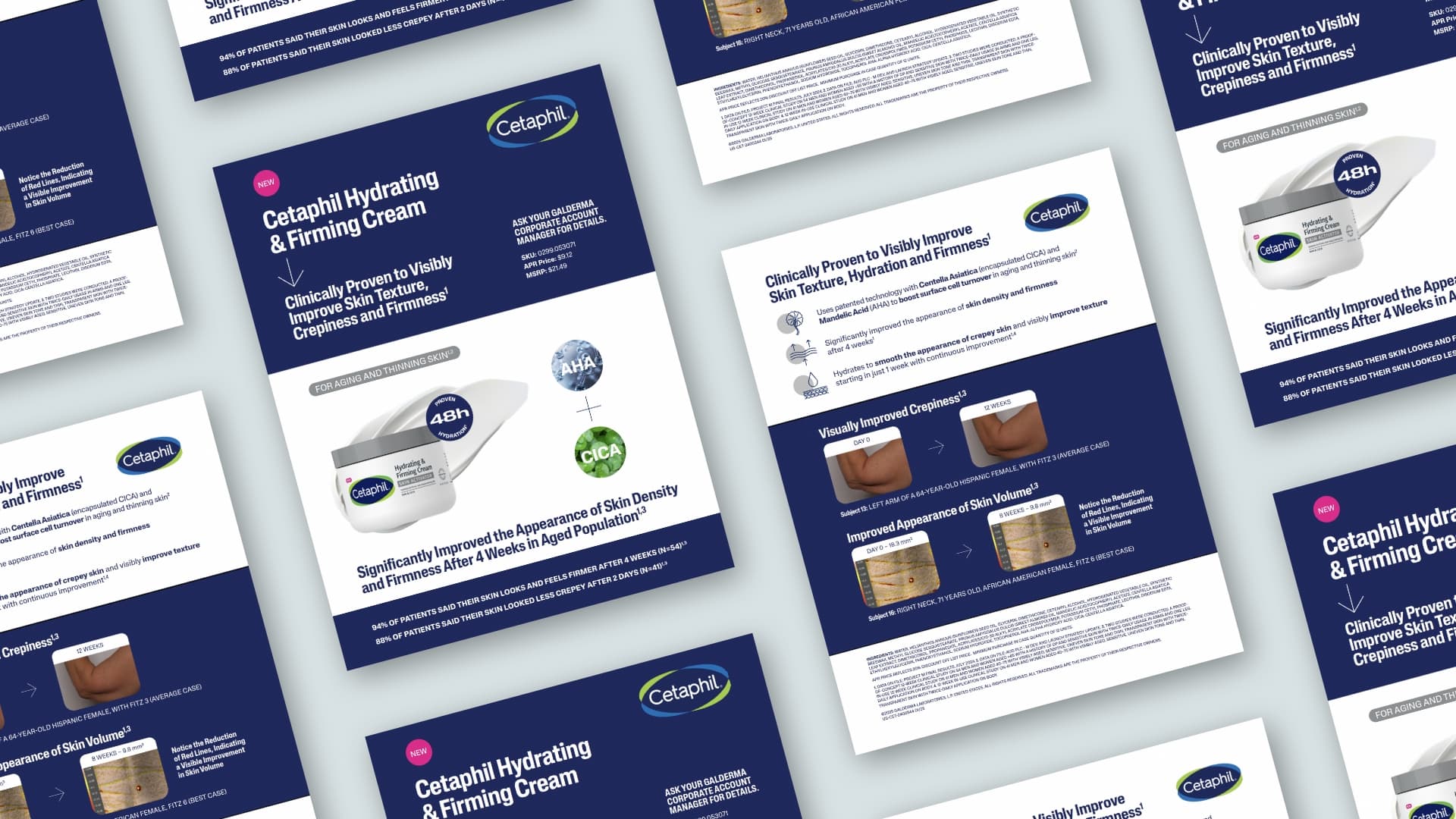
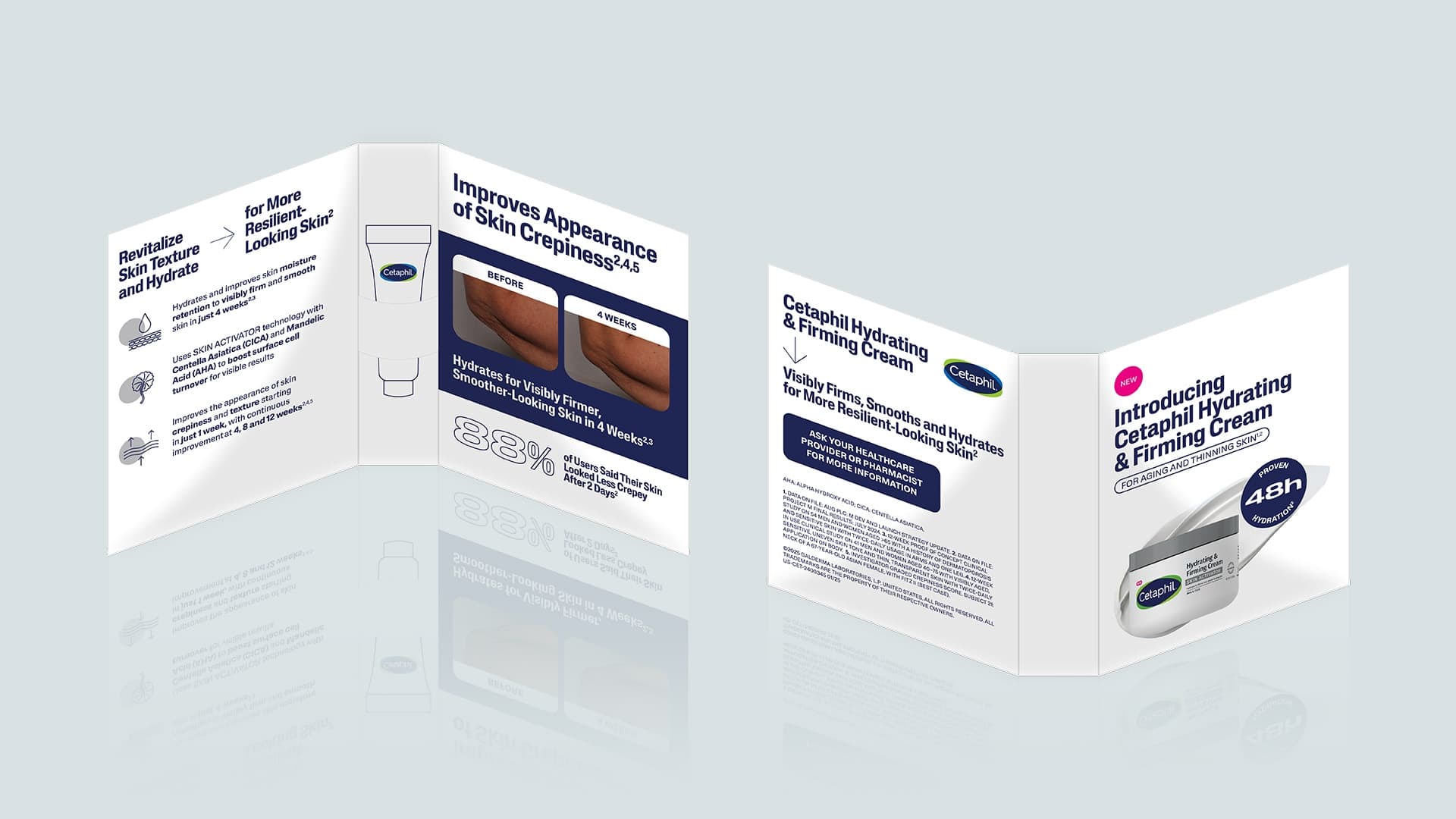
HCP Supporting Sales and In-Office Materials:
To complement these visually impactful elements, we designed a product sample card specifically tailored for direct dispense dermatologists, alongside a sales sheet and social graphics to bolster in-office educational efforts by the Cetaphil account team. These materials were crafted with a clear focus on the science behind the product, leveraging robust data and detailed clinical results to build credibility and trust. We showcased striking before-and-after images that highlighted the quick and effective outcomes of the product, helping to communicate its immediate impact on patients’ skin health.
We navigated the complexities of demonstrating product efficacy aligned to regulatory guidelines through a clear, yet creative, messaging strategy. The final materials provided a valuable resource for dermatologists and other healthcare providers, helping them make well-informed decisions about introducing this new product to their patients.
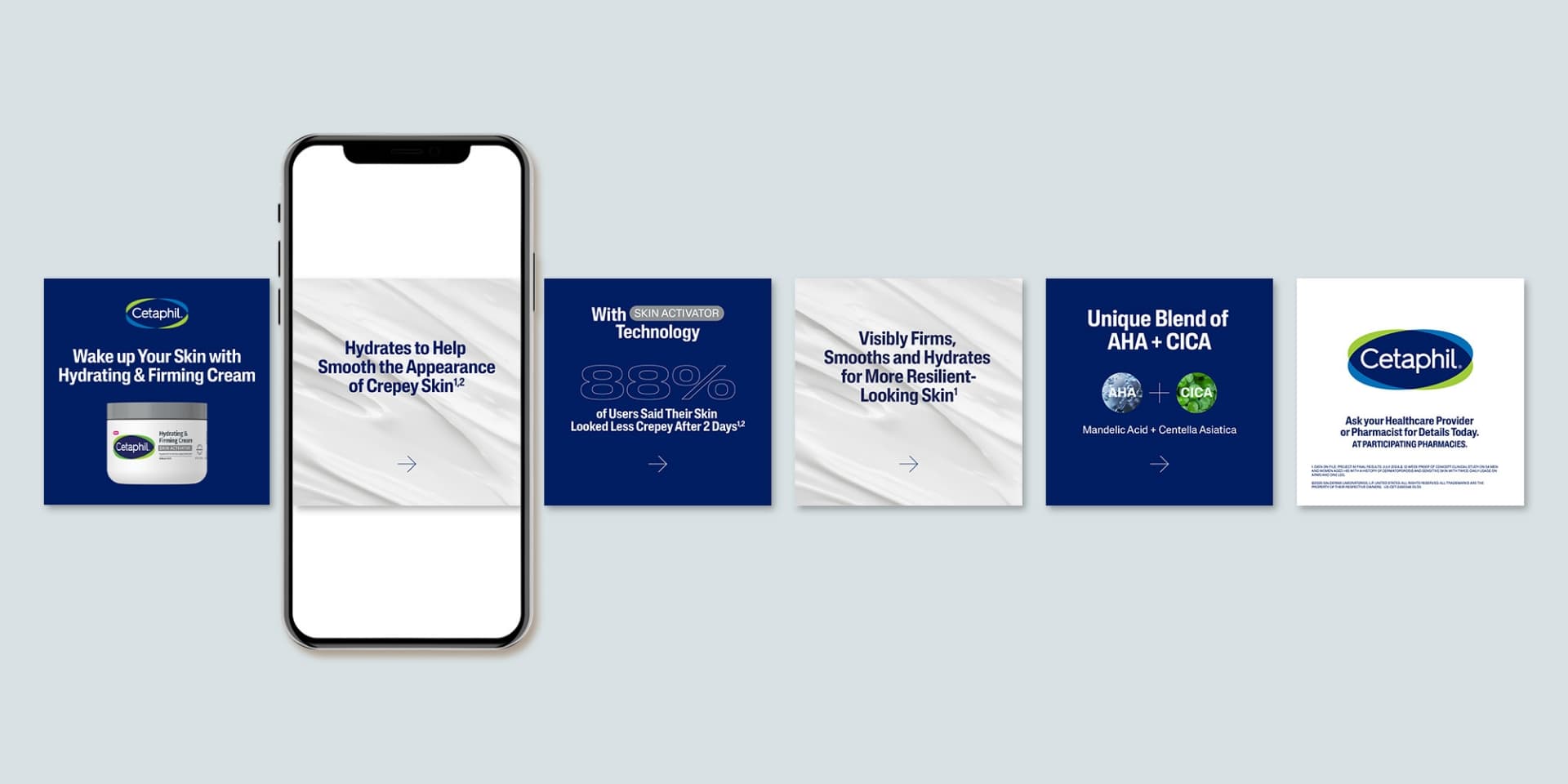
Results
- Navigated complex compliance regulations to create a clear & compelling message that would resonate with providers
- Implemented creative, yet cost efficient ways to demonstrate the product’s efficacy leveraging multiple senses
- With open lines of communication, developed these launch assets within a short, 4-month time frame to ensure sales team readiness.
Summary
By developing a visually compelling and scientifically grounded narrative, we successfully positioned Cetaphil’s SKIN ACTIVATOR Hydrating & Firming Cream as the innovative choice for treating crepey skin. The campaign serves as a prime example of how creative storytelling can drive awareness and consideration within the healthcare market.
This case study highlights Schaefer’s commitment to transforming the healthcare experience by creating thoughtful, human-centered solutions that foster meaningful connections between providers and products. By blending education with engagement, we helped Cetaphil deliver a message that resonated on both a scientific and sensory level, encouraging healthcare professionals to consider the transformative potential of the SKIN ACTIVATOR Hydrating & Firming Cream for their patients.
